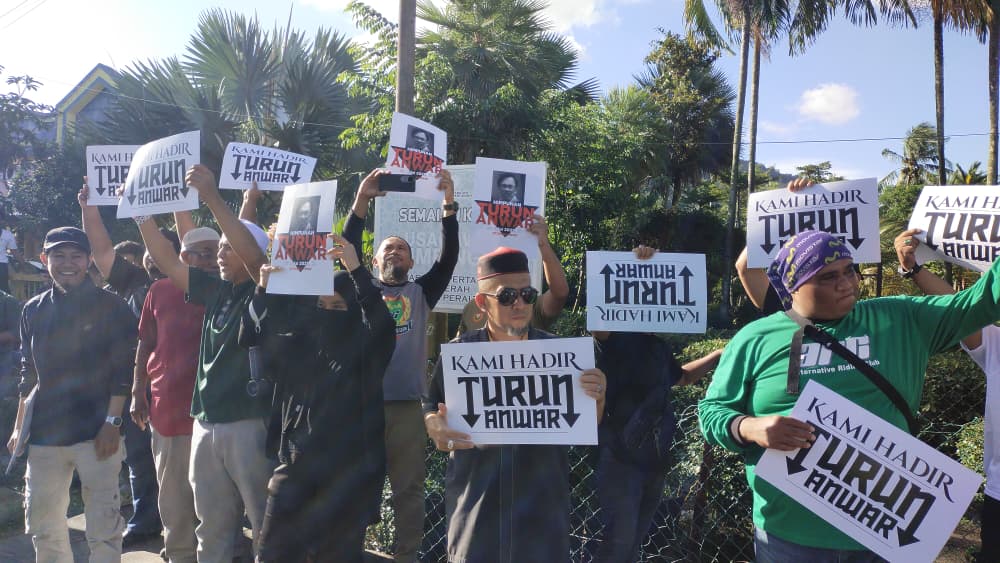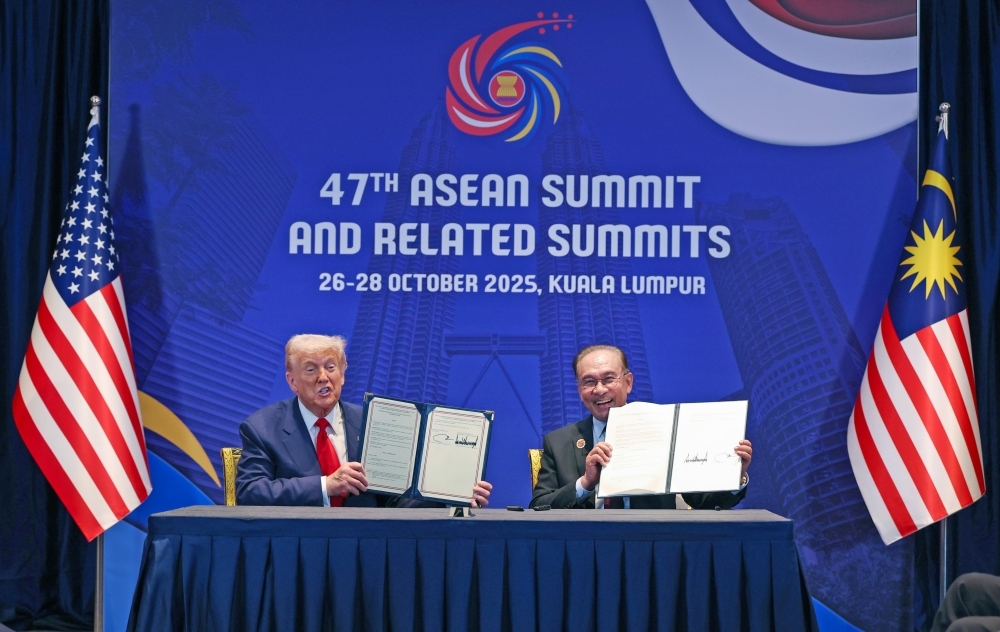June 19, Washington — In a dangerous escalation that’s shaken global stability, Israel and Iran exchanged deadly strikes today — with Israel hitting Iranian nuclear facilities, and Iran retaliating by targeting a hospital in southern Israel.
The war has already taken a terrifying toll. Israel’s continued strikes have claimed hundreds of lives in Iran, reportedly decimating key military leadership and damaging critical infrastructure, including nuclear sites. In response, Iran launched missile attacks deep into Israeli territory, including a direct hit on Soroka Medical Center in Beersheba — a hospital treating civilians.
Israeli officials confirmed they struck Iran’s Khondab nuclear facility in Arak overnight, which includes a heavy-water reactor. These types of reactors can produce plutonium, a key ingredient in nuclear weapons. A second strike targeted an area near Natanz, a site believed to house components vital for advancing Iran’s nuclear capabilities.
Though Iranian state media said the targeted areas had been evacuated and posed no radiation threat, the psychological impact was clear. A nation was once again on edge.
But the retaliation was no less horrifying. Just hours after the Israeli raids, Iran launched multiple missiles into densely populated areas of Israel. One of the most devastating attacks struck the hospital in Beersheba and residential neighborhoods in Tel Aviv and Ramat Gan, injuring dozens and trapping people in the rubble.
Emergency teams rushed to help victims — children pulled from shattered buildings, families devastated, lives interrupted. The scene was chaotic and deeply human — not just statistics or geopolitical chess.
Iran’s Revolutionary Guard claimed it had aimed at Israeli military intelligence installations near the hospital. But for those on the ground — the nurses, the patients, the families — it didn’t matter. The war had come home.
Global Fear and Political Uncertainty
As explosions echoed over Tel Aviv, the international community watched nervously. Around a dozen embassies — many European and African — sit just blocks from the impact zone. Global diplomats are now reassessing their presence in the region.
Meanwhile, U.S. President Donald Trump added to the confusion. Speaking to reporters outside the White House, he was noncommittal:
“I may do it. I may not do it,” he said of joining Israel’s military campaign. “Nobody knows what I’m going to do.”
Later, he revealed Iranian officials had reached out, seeking dialogue. “We may do that,” he said. “But it’s a little late.”
Iran’s Supreme Leader, Ayatollah Ali Khamenei, responded defiantly in a televised speech.
“Any U.S. military intervention will undoubtedly be accompanied by irreparable damage,” he warned. “The Iranian nation will not surrender.”
Mounting Casualties, Global Alarm
In the last week, Israel’s air campaign has killed more than 600 people in Iran, according to a U.S.-based Iranian human rights outlet, though official Iranian figures remain at 224. Meanwhile, 24 Israeli civilians have died from Iran’s missile strikes, including those that penetrated Israel’s vaunted air defense system — a first in decades of shadow conflict.
With more than 400 missiles fired from Iran, and increasing damage in central Israel, this is no longer a remote war. It’s now a direct clash between two powerful nations — with civilians caught in the middle.
Diplomatic Voices Urge De-escalation
Russia’s President Vladimir Putin, asked about the possibility of a U.S.-Israeli assassination attempt on Iran’s Supreme Leader, said bluntly:
“I do not even want to discuss this possibility. I do not want to.”
He added a plea for peace — calling for a path forward that preserves Iran’s right to peaceful nuclear energy and Israel’s right to security.
European foreign ministers are scrambling to convene emergency nuclear talks with Iran. There’s hope — slim, but present — that a diplomatic solution can still be found.
But for now, the missiles keep falling. And ordinary people — mothers, doctors, soldiers, children — are paying the price.




